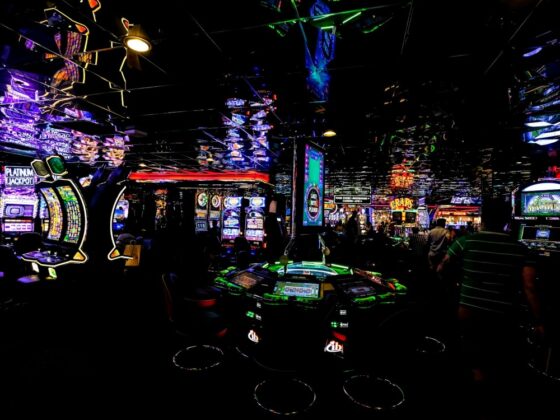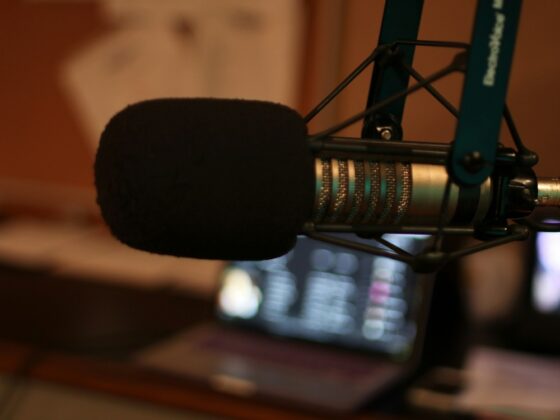Usually, our workplaces are filled with lots of digital equipment, and even in this era of remote work, that digital overload has followed us home. Many people now have full workstations in their living spaces, blurring the line between work and personal life.
Because of this, we spend nearly all day glued to a screen, reading emails, checking notifications, sending proposals, or managing clients. Even during downtime, we turn to our devices for entertainment like playing games, watching movies, or scrolling through social media.
All these constant digital interactions can lead to burnout, fatigue, and reduced focus. Over time, this affects both our mental and physical well-being. That’s why it’s important to practice digital detox activities.
What Is a Digital Detox?
A digital detox means intentionally reducing screen time to rest your mind and body. It involves unplugging technology for a short or extended period to help your brain reset.
Digital detox activities can include taking a walk, going for a hike, spending time outdoors, meditating, or enjoying a hobby without screens. This is important because it helps take time away from screens, improves mental clarity, productivity, and emotional balance. Digital detox helps you reconnect with yourself and perform better when you are back online.
Here, we will explore five effective digital detox strategies that can help busy professionals reclaim their time, focus, and mental clarity in today’s digitally connected world.
Five Digital Detox Strategies
1. Set Boundaries
This is one of the most important steps when trying to digitally detox yourself after work. It’s essential to set clear boundaries. If your work hours are from 9 to 5 (or 8 to 5 in some cases), make sure that once work ends, you stop working.
Avoid checking work emails, replying to messages, or logging back in “just to finish one more thing.” When you clock out, disconnect from your digital workspace and give yourself personal time.
These small steps help you reclaim your evenings and protect your mental space.
2. Implement a No-Scroll Morning
The first thing you do when you are awake shouldn’t be grabbing your phone or checking notifications.
Instead, focus on yourself; drink water, meditate, exercise, or write in a journal to prepare your mind for the day ahead.
Starting your morning with social media scrolling can trigger anxiety and reduce creativity even before the workday begins. One of the best digital detox habits is creating a phone-free morning routine that centers you and keeps your mind calm and productive.
3. Establish a No-Screen Zone
By establishing a no-screen zone, you create a space where you can relax and recharge without digital distractions. This could be your living room, garden, gym, or even a cozy reading spot. The key is that no phones, laptops, or tablets are allowed.
Spending time in these screen-free spaces helps you reconnect with family, enjoy real-world moments, and maintain a healthy work-life balance.
4. Engage in Outdoor or Nature Activities
One great way to digitally detox is by getting outside. Organize or join outdoor activities like team picnics, hiking, jogging, or group sports. These outdoor activities boost oxygen flow to the brain, improve blood circulation, and reduce stress.
Physical outdoor events, including playing basketball, running, or going for a walk, can help you connect with people face-to-face instead of through screens. They strengthen your relationships with coworkers, friends, and family while helping you unplug from digital devices.
5. Set a Screen-Time Rule
This is a simple yet powerful way to manage the time you spend in digital space. You can set personal limits. For example, “Between 10 a.m.- 9 p.m., I can use my phone, but after that, I switch to reading or resting.”
Having a screen-time rule helps you replace late-night scrolling with relaxing, non-digital habits that improve sleep and focus. It also builds discipline and protects your eyes, mind, and body from digital fatigue.
Image Credit: Shutter Speed on Unsplash











